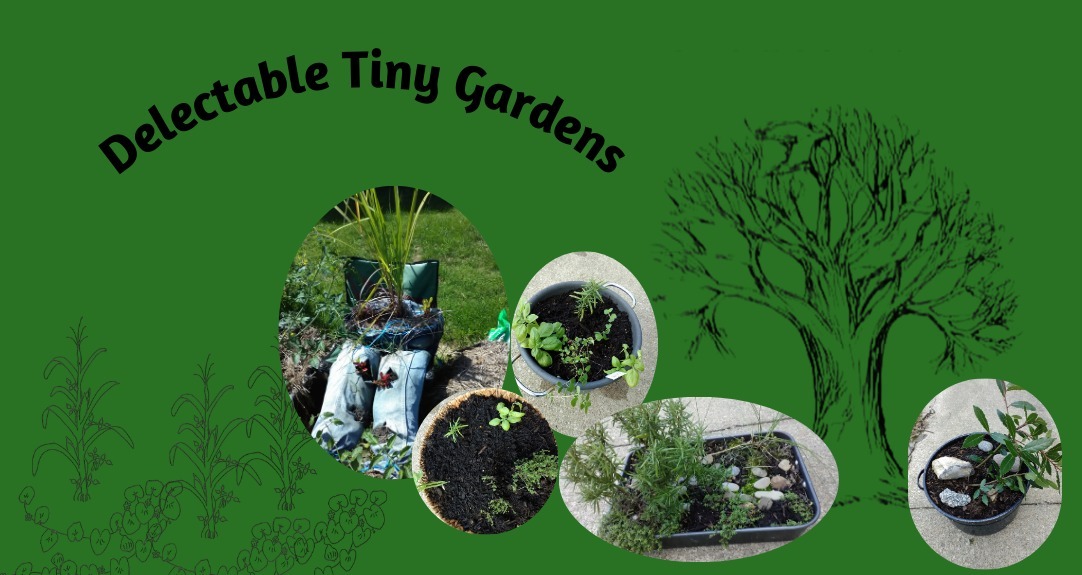- The Phoenix's Nest
- Posts
- Turmeric Plant Profile
Turmeric Plant Profile
Propagating Your Own Plants

The Calendar Pages
Using The Calendar Pages
Designing sustainability and resiliency is a holistic approach to life. Part of this involves conscious consideration in how we create, modify, and manage our living spaces and work spaces. The goal for both sustainability and resiliency is to work towards spaces that are self regulating. It is also important that we produce the food that we need to survive close to where we live, ideally in your own yard or space.
The calendar pages are designed to give you one piece of the information to help with that. On the top right hand side of each month, you will find the length of daylight and the angle of the sun at the beginning of the month. I have done this for roughly central Iowa in the US, but this will hold roughly true for anywhere on the north 42nd parallel. North and south of this line will require some adjustment. This is critical information for designing both garden spaces and structures to make them environmentally efficient.
When you are designing most structures, your highest efficiency for both heating and cooling in temperate climates will be to place on the south side (in the northern hemisphere) to collect winter sun and then to have those windows shaded during hot weather.
This also helps you in the garden. By knowing where your sun is going to be, you can extend the season for both heat loving crops and cool loving crops. By predicting where the sun will be, you can build cold frames to collect that sun for the warm crops. By knowing where the shade is, you can extend the cool season crops into the summer by taking advantage of the shade.
Here are your calendars for the week.
|
|
|
Journal Prompts for the week
|
The Plant Profile
While I am not an expert on every plant that I will profile, I am trying to provide a complete profile for each plant. For the plants that I know, I will supplement the research information with my experience as a mid-western US gardener and as someone who has gardened in pots in an RV. For those plants that I don’t personally know, this is information that I need as well. My primary focus for 2025 is on useful plants that can be raised in almost any circumstances, from an RV or apartment to a small yard garden, to a permaculture garden.
Each profile includes as much information that I can find and is organized in a reference template that will be the same for each plant.
This is what you can expect to find in each PDF profile:
Identification
Plant growth and the conditions that the plant prefers
How the plant matures and develops
How to use the plant
The medicine and magic of the plant.
And when I know, suitable varieties for small spaces.
Any nutritional, medicinal, and magical properties that I include are intended for your informational purposes only. Always check with a reputable medical provider or herbalist before using an herb medicinally.
The version of the profile that I include in the PDF files here are a manuscript version. I welcome and encourage your input as I edit them for final publication.
|
Propagating Your Own Plants
One of the best skills that you can learn for sustainability and resiliency is plant propagation. I used to think that it was this big, mysterious process that required extensive knowledge.
The truth is: The Plants Want To Multiply.
This is what they do naturally. Many will grow roots simply where they touch the ground, or if they are in humid environments. With just a little bit of help and a small amount of inexpensive equipment, you can propagate plants like a pro.
I have found that a sand propagation tray is the most reliable way to propagate many plants from cuttings. On Saturday, November 22 at 2pm, I will be walking people through the process at Delectable Tiny Garden
No worries, shortly after the workshop, replays will be available.


